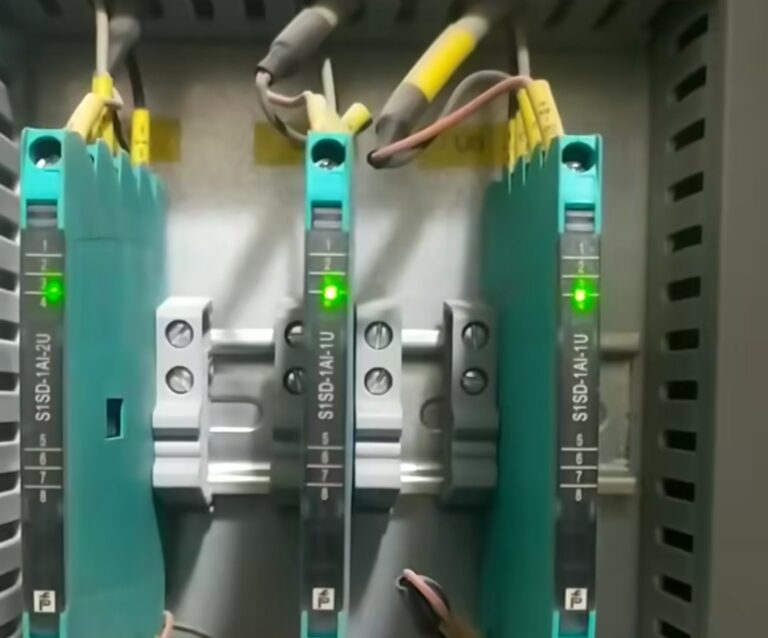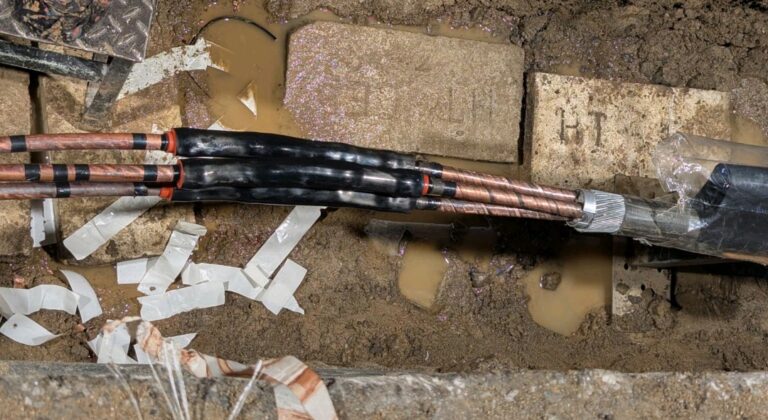What will happen if the transformer current exceeds 90% during long-term operation?
Therefore, as the current and temperature increase, the risk of premature transformer damage increases.
Then we can take the following measures for the above situation:
1. Reasonably configure the load, optimize the production process, use the electrical equipment in an orderly manner, and reduce the simultaneous use rate.
2. Appropriately increase the output voltage of the low-voltage side by one gear (+2.5%). As the transformer is close to full load, it is bound to cause the voltage at the output end of the transformer to decrease, so that the voltage of the electrical equipment at the end may be lower, resulting in excessive active current and increased power loss. Increasing the voltage can reduce the current.
3. Improve the power factor. High load rate will also lead to insufficient reactive compensation capacity. It is necessary to regularly replace power capacitors that have been attenuated in capacity, and install reactive compensation devices on-site at large inductive loads to improve the power factor, thereby improving the active output capacity of the transformer, thereby reducing the working current and reducing power loss, which can effectively reduce the load current and power loss, and thus reduce the load rate of the transformer.
4. Do a good job of cooling the transformer. When the transformer is working at a high load rate, the temperature will rise. You can install air conditioning or increase forced exhaust measures to cool the transformer, thereby reducing losses, improving efficiency and protecting the transformer.
5. Arrange on-duty personnel to regularly inspect the operating status of the transformer, record the operating current of the transformer, measure the temperature of the transformer, and detect and deal with hidden dangers early!
#transformer

